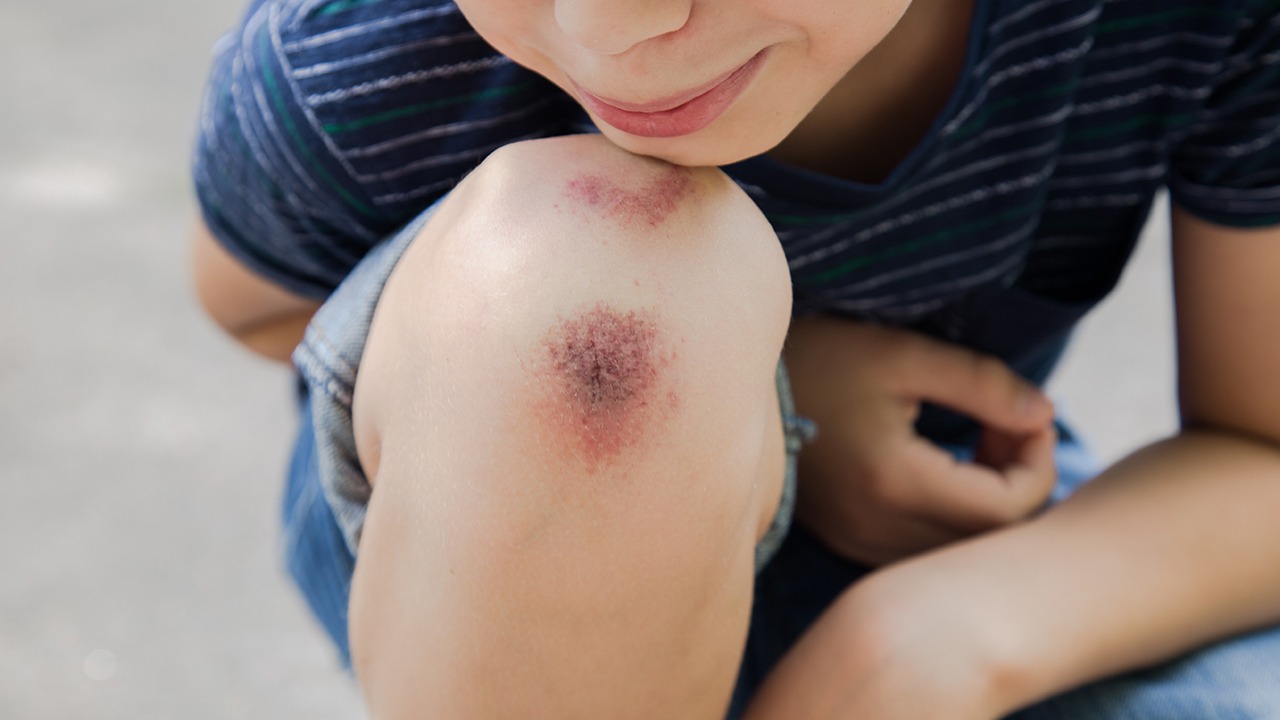as parents, we all want to protect our kids from harm. It’s basically our 1 job. But when it comes to preventing abuse, a lot of us are going about it the wrong way — and the research backs it up. The good news? There’s a better approach, and it’s not as overwhelming as you might think. Let’s break it down.

1. Stop Relying on “Stranger Danger”
We’ve all heard it: “Don’t talk to strangers!” But here’s the kicker — most abuse doesn’t come from strangers. In fact, 90% of child sexual abuse is committed by someone the child knows and trusts. Yep, it’s often a family member, friend, coach, or teacher. So, while it’s great to teach kids about stranger safety, it’s not enough.
2. Teach Body Autonomy Early
This is a game-changer. Teach your kids that their body is theirs and no one has the right to touch it without their permission. Use simple, age-appropriate language like, “Your body belongs to you. If someone touches you in a way that feels wrong, say no and tell me right away.”
3. Normalize Conversations About Bodies
Yeah, it can feel awkward at first, but talking openly about body parts (using the correct names!) helps kids feel comfortable discussing anything that might feel “off.” It also sends the message that they can come to you with questions or concerns.
4. Spot the Red Flags
Abusers often groom kids (and even parents) by building trust first. Watch for warning signs, like an adult who:
Insists on alone time with your child
Gives excessive gifts or attention
Ignores boundaries or rules
5. Empower Your Kid to Speak Up
Let your child know it’s okay to say “no” to adults — even family members — if something feels uncomfortable. Reinforce that they won’t get in trouble for speaking up, no matter what.
6. Trust Your Gut
If something feels off, it probably is. Don’t second-guess yourself when it comes to your child’s safety.
Keeping your child safe isn’t about scaring them or helicopter parenting. It’s about empowering them with knowledge, building trust, and staying vigilant. You’ve got this!























